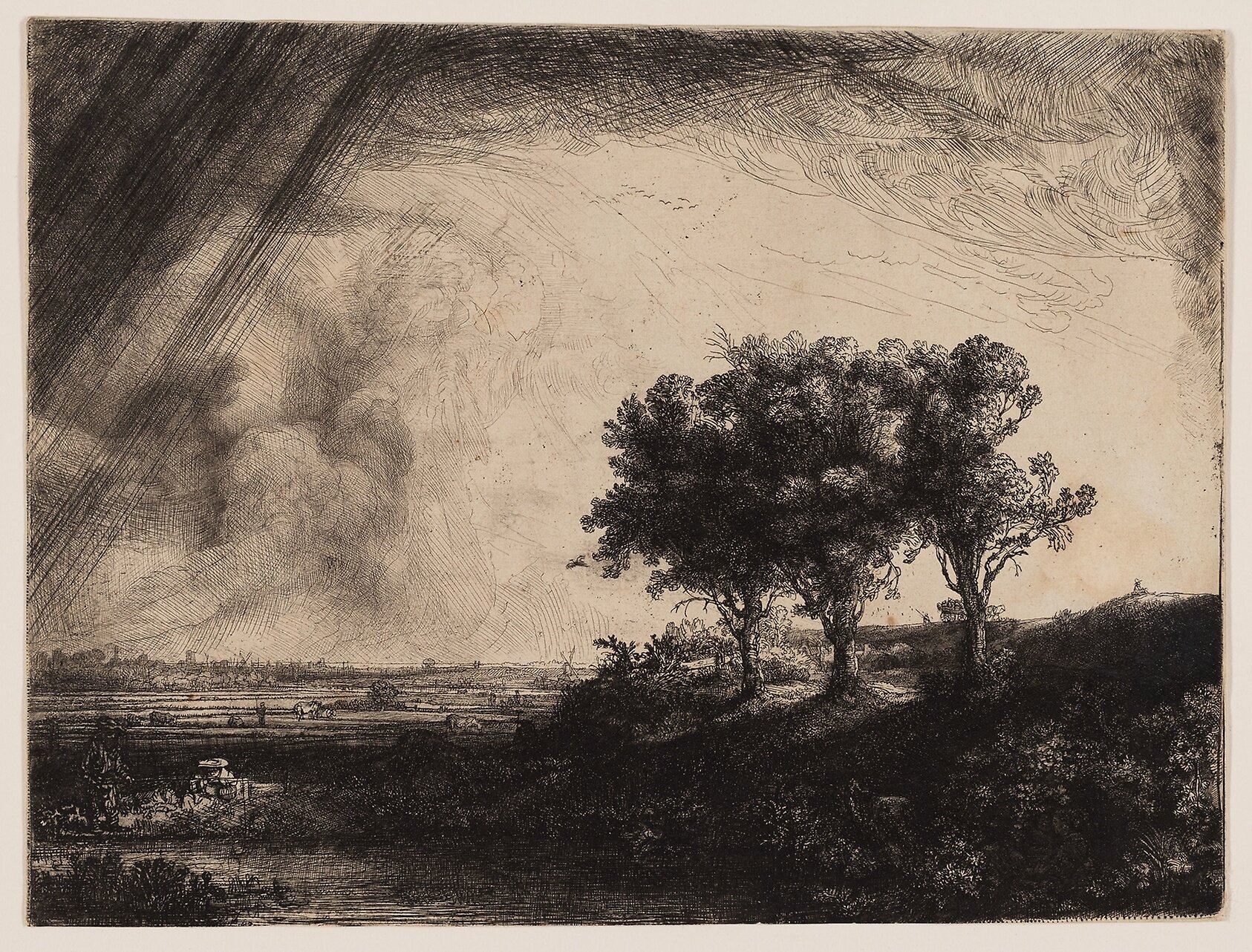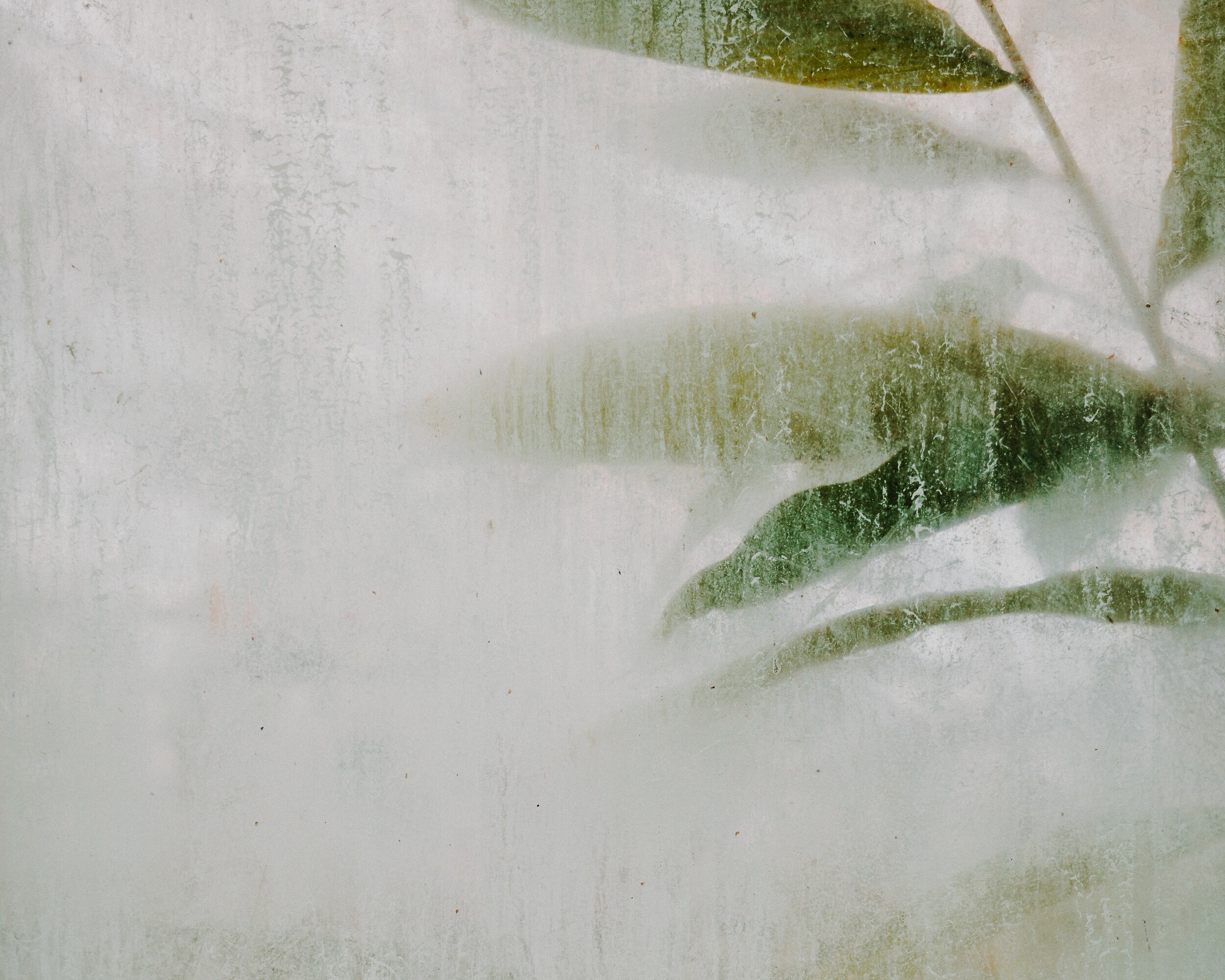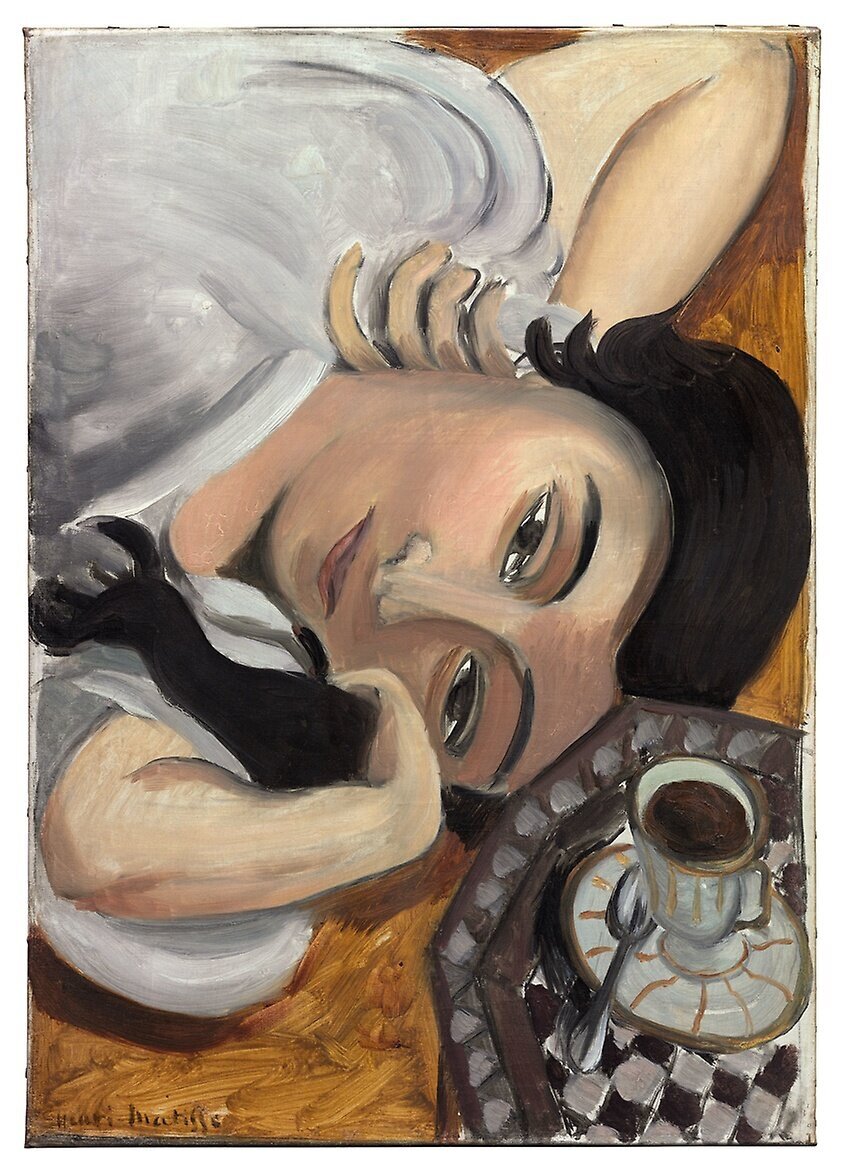I love Lent. I don’t know if this is normal, but I do.
The only thing I can really remember about it growing up is the face of my childhood best friend, a devout catholic, who wasn’t allowed to eat meat on Fridays. I can also envision her mother, warmly inviting me in to their practice while gently alleviating the pressure by passing it off as “just something we silly Catholics do.”
At home, I wondered what God had to do with my eating habits as I slowly ate the chicken that was served to me, feeing a little further from God with each bite. Surely, I was doomed.
Even though I was also raised in a church that followed the liturgical year, we didn’t talk about it at home. I heard the word often, but mostly associated the season with changing the cords on my acolyte garments from green to purple. As I walked down the aisle on those Sundays when it was my turn to light the altar candles, the purple sanctuary always reminded me of the frilly colors of spring soon to come. Reverent in my childhood duties, I felt as though I belonged to a greater mystery. After all, I was carrying the presence of the Lord. My little mind was always trying to connect the dots. There was so much I didn’t understand.
Soon, I would leave this liturgical church for an experiment in evangelicalism, academia, and pretty much every other denomination. In many of these worlds, practicing Lent doesn’t really exist. After all, we’ve been saved! What do we need to enter back into our sin and brokenness? What do we need with liturgy or ritual?
I still didn’t understand, so I ignored the season.
Then along came a college assignment. I was in a Spiritual Formation class, and (for extra credit, mind you) we were assigned a 7 week media fast, which also fell over the season of Lent. This was half the semester. I’m not talking shut off your social media for a little while, I’m talking literally ALL media. No TV or Netflix, no movies, no music, no internet, certainly no social media. Not even texting! The only thing that was allowed was reading books or magazines and using the internet and e-mail for school related purposes only. If we needed to contact someone, we could call them in a phone call that could not exceed 10 minutes. We had to journal through our experience.
My faith was maturing, I was learning the way I always related to God was actually a thing (oh, the contemplative life!), and I had never really fasted from anything before, so I was all in. How hard could it be?
Let me tell you, some serious chains and habits I didn’t even know bound me were broken. Within the first week, I started experiencing horrific nightmares. I would wake up every night in a sweaty panic. A few of those nights, I could have sworn there was a physical weight being pressed down on me, luring me out of sleep into anxiety. One night, I woke up and was sure something else was in the room.
For the first time, probably ever, I was left alone with only God and those around to get me though the days. I became extremely acquainted with the demon of distraction. I began to see what it was I was constantly reaching for (and it wasn’t God). Oh, how quick I am to numb! I began to see the lies that subtly bombard our society.
In all of this, something really clicked for me. I recognized the meaning in fasting, the purpose of the season. I understood, finally, that Lent is not some archaic, masochistic ritual. It is a beautiful spiritual practice of the ancients.
Since this experience, Lent has looked different to me each year. Sometimes, I know exactly what needs to be removed from my eyes or my heart or my mind. Others, I am fumbling for something to “give up”. It feels forced, so I don’t. There were a few years where I could not even bear the thought of having to let go of one more thing.
Yet no matter what’s going on in my life, I come to the ashes always the same - a broken human being, capable of both joy and sorrow, of both endless giggles and salty tears, an amalgam of highs and lows, sin and glory.
I love Lent because I am dirty and desperately human. On Ash Wednesday, we marked our heads with ash not because we are without hope, but because we know for sure we will be made clean again. We must first feel the grit in our hands.
We walk with it on our head for a while as we draw near to God in the wilderness of Ash Wednesday to Holy Week - until Maundy Thursday - where our friends, our neighbors, our savior will wash our feet, our hands, our face, comfort us, and tell us that we're beautiful.
What a relief it is to be reminded that we are human and broken, and that God was, too; human and broken.









